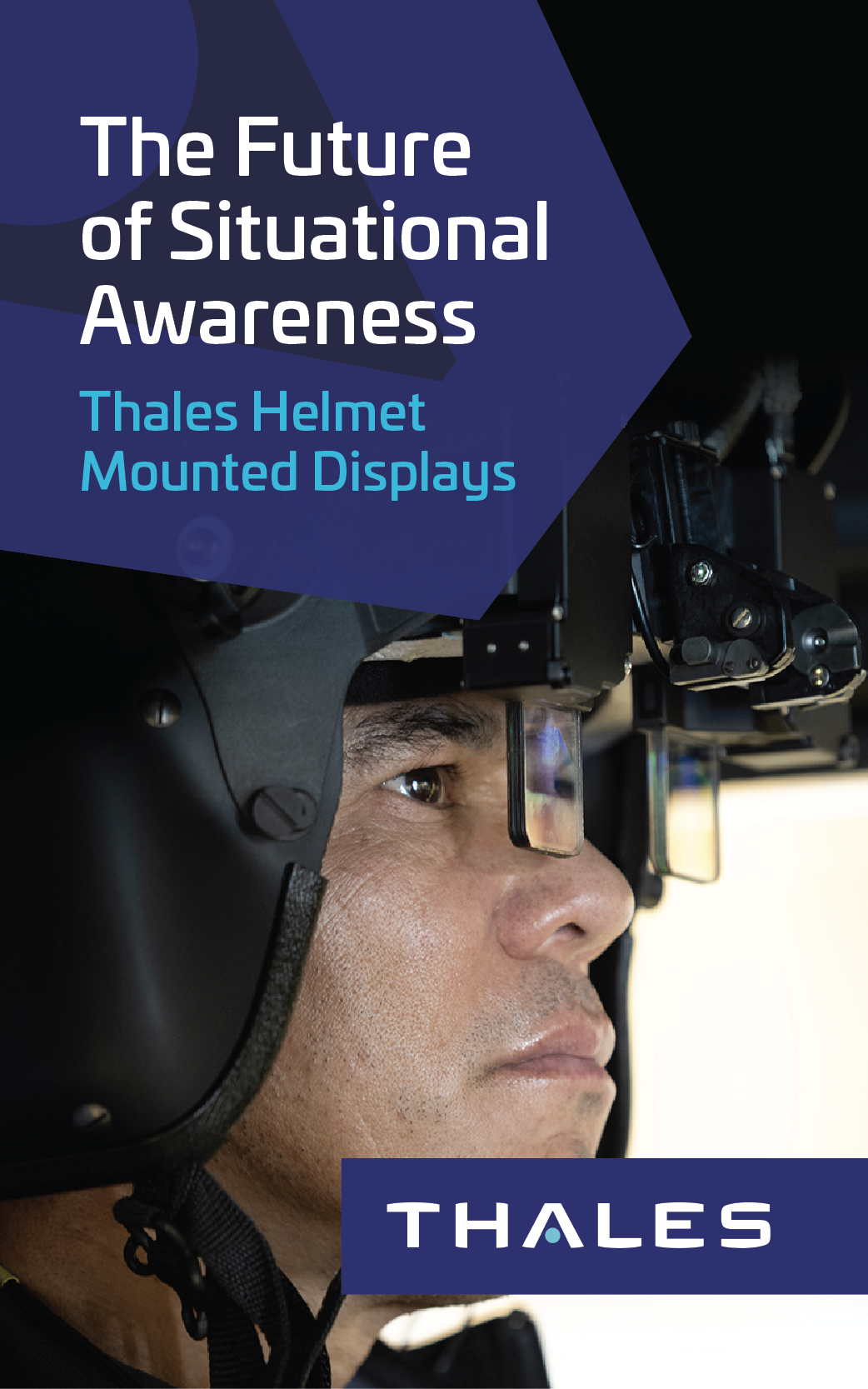New Heights
Major T.J. Clark (right) and CWO Ulysses V. Brown set three altitude records with the U.S. Army CH-54A Flying Crane at the Stratford, Ct. plant of the Sikorsky Aircraft Division on April 24. Clark and Brown attained heights of 21,500, 27,550 and 29,300 feet respectively, with loads at 5,000, 2,000 and 1,000 kilograms respectively.
Learn MoreFaces in the News
BG Robert R. Williams, Assistant Division Commander of 2nd Infantry Division at Fort Benning, will be reassigned. On or about June 5, BG Williams will be on his way to Korea. He will assume the duties of Assistant Division Commander of 1st Cavalry Division. Prior to his 2nd Division assignment, General Williams served as commander of the U.S. Army Test & Evaluation Group involved in testing the 11th AAD.
Learn MoreMockup
At the recent AAAA Annual Convention in Orlando, Fla., the Boeing Sikorsky full-scale mockup of the proposed armed reconnaissance /light attack/air combat aircraft for the U.S. Army was unveiled. The mockup served as an engineering tool in continuing MANPRINT studies.
Learn MoreOrganic Army Aviation!
On June 6, 1942 the United States War Department sent a memorandum to the commanding general of Army Ground Forces authorizing organic air observation for the Field Artillery. Thus began the love affair between ground forces and the unique and essential support they receive from Army Aviation. From this humble beginning through to present day, Army Aviation has been and continues to be an indispensable combat multiplier and maneuver element commanders at all echelons demand to ensure mission success. From observation, to medical evacuation, to resupply, to air assault, to intelligence, surveillance, and reconnaissance, to homeland security, to disaster relief,...
Learn MoreBriefings
On October 30, 1989, members of the 4th Iron Eagle Brigade, 1st Armored Division, stationed at Ansbach Army Heliport, Katterbach, West Germany, gathered to commemorate their marvelous aviation safety record. The Iron Eagles have not had a Class A mishap (loss of life or serious aircraft damage) since September 1982. Since that time, the Iron Eagles have logged 150,000 flying hours.
Learn MorePriorities for the ‘90s
The Honorable Michael P.W. Stone, Secretary of the Army, gave a keynote address at the 1990 AAAA Annual Convention in Orlando, FL. Mr. Stone urged Americans not to be swayed by changes occurring in Europe, and that the Army needed to maintain its modernization program with the following: 1) The Air Defense Anti-Tank System (ADATS) must be preserved in the budget. 2) A new man-portable anti-tank weapon is required. 3) Upgrade of our armor and heavy weapons programs in the face of the persistent threat of Soviet armor. 4) Modernization of the Army’s aviation program; which includes a modernization of...
Learn More65 Years Ago: From Farm Tractor to Cadillac
In April 1950, the Cessna 305 won the Army’s design competition. Known to the Army as the L-19, the Bird Dog was an all-metal, high-wing monoplane used by Army Aviation. The Bird Dog made its inaugural appearance in the Korean War on February 16, 1951. That same year, an L-19 was used to shuttle Dwight D. Eisenhower on a inspection tour of UN Forces. As a replacement for worn out L-4s and L-5s, the L-19 was a breath of fresh air, “with a built-in VHF multi-channel radio, flaps, heater, electrical system and primary blind flight group of instruments. For old-time...
Learn More42 Years Ago: USNS Corpus Christi Bay
December 19, 1972, the Army’s Floating Aircraft Maintenance Facility (FAMF), arrived at the Port of Corpus Christi. Home of the First Transportation Corps Battalion (Aircraft Maintenance Depot) (Seaborne), the Corpus Christi Bay put in six years off the coast of South Vietnam. The First Transportation Corps Battalion saw to the repair and maintenance of Army aircraft as a floating garage; in performing such service, the Battalion earned four Meritorious Unit Commendations. The ship itself was laid down in Camden, New Jersey by the New York Shipbuilding Company, on June 12, 1939. Beginning a term of service as a Curtiss-class Seaplane...
Learn More50 Years Ago: Playback!
Flying combat missions of support for the Army of the Republic of Vietnam has seen the rise of an American soldier of courage, necessity and consequence: Door gunners who man M-60 machine guns on UH-1B helicopters. The 118th Aviation Company flies out of Bien Hoa, not far from Saigon. The gunners are PFCs, average 20 years of age and . . . they are specialists. To facilitate the gunners’ effectiveness, operations officer, Captain Charles Pearce A. Lane, has instituted a training aid. Before each and every mission, Captain Lane plugs a tape recorder into his headset; and, tapes all discourse...
Learn More50 Years Ago: USO Visit
Pictured during the course of their Christmas visit to the Republic of Vietnam are veteran USO troupers, Jerry Colonna (left) and Bob Hope (right). Between the celebrated entertainers is Lieutenant Colonel John C. Hughes, 52nd Aviation Battalion Commander. Hope and Colonna had just arrived at Pleiku. Source: Page 15, Army Aviation, March 1965.
Learn More

















